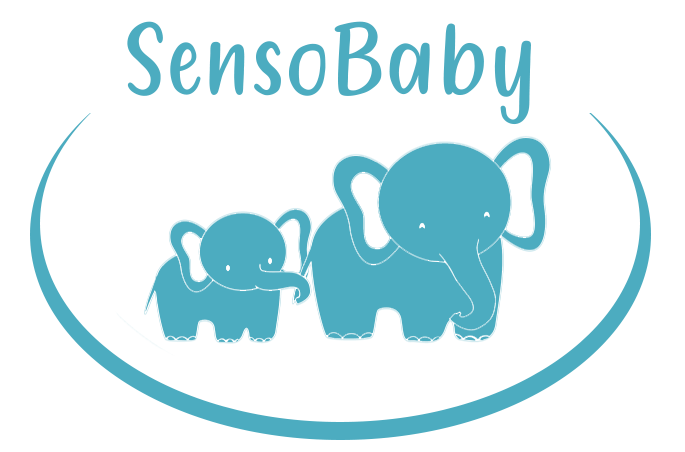Again, Again!
One of the most frustrating parts of parenting can be when your child asks to do something ‘again, again!’ for the millionth time, or you have to pick that feeding cup up one more time after it’s been repeatedly thrown to the floor… but responding to these behaviours is also one of the most important parts of parenting.
Usually, repetitive behaviour can best be understood in terms of ‘schema’: a schema is a mental concept that helps the child learn basic cause and effect rules. By repeating behaviour, they begin to understand what to expect and this information is then stored in their memory to help them understand the world around them.
Children experience schemas as urges, which is why they find it very difficult to stop throwing things, hiding or wrapping themselves up in your curtains no matter how much you ask them to! Some schemas last for a long time, others may come and go, some children explore a number of schemas at the same time.
Considering schemas are essential for learning and development, they should be encouraged, and an awareness of schemas can also help us become more observant and attuned to our child. If we recognise the urge, we can redirect and help them explore the schema safely and in a way that helps the child develop positive behaviour.
Here are some examples of common schemas and how they present:
- Transportation: moving things from place to place. To engage the child who is absorbed with this schema, why not provide them with a bag, cart or toy trolly and send them on ‘errands’.
- Trajectory: throwing things, making repetitive movements in same direction. Try harnessing that interest in throwing by setting up games with targets or encourage them to use soft balls and other safe objects. Children interested in trajectory schema are often fascinated by pouring water so setting up an activity where they can use jugs and funnels to play with water can keep them busy for ages!
- Enveloping: wrapping self (or toys) up in curtains, blankets and other materials. Building dens, wrapping and unwrapping small objects or playing dressing up will delight a child in this schema. Parachute games are often a favourite at play clubs and you can replicate these at home using a simple bedsheet.
- Rotation: usually expressed by physically spinning or an interest in wheels. Roundabouts and anything that spins the child will be met with enthusiasm, and spinning tops and cars will be a great source of entertainment.
- Positioning: lining up toys and items, having particular positioning preferences. This is a schema we carry to adulthood as many people still have preferences on the way display our belongings! Stacking blocks, lining up toys and making patterns with shapes are good activities that will engage your child.
Try out one of our SensoBaby classes to explore different ways of developing positive behaviour and encouraging your child’s schema.
